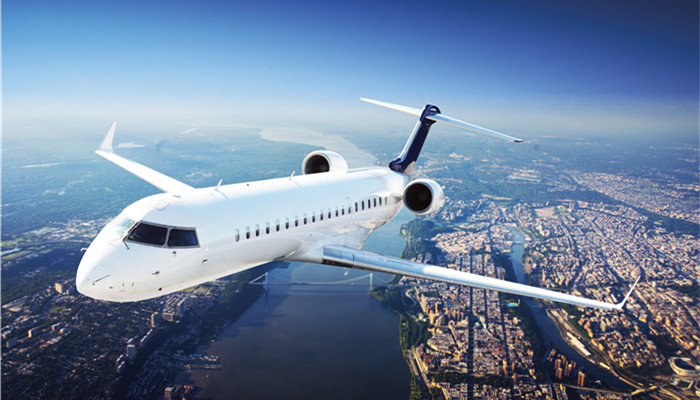
The rapid development of the aviation industry has driven up the demand for aviation coatings, and the water-based coatings market has great potential.
Aviation coatings are coatings that are applied to the interior and exterior of aircraft and parts to protect them. They are fireproof, waterproof, antistatic, friction-reducing, wear-resistant, high-temperature resistant, heat-insulating, corrosion-resistant, have good adhesion, and dry quickly. , and other advantages, it can be divided into three types: quick-drying type, special type, and drying type. According to different parts of action, aviation coatings can also be divided into aircraft cabin coatings, aircraft parts coatings, aircraft skin coatings, aircraft engine coatings, special coatings, etc.
According to the “2023-2027 China Aviation Coatings Product Market Analysis Feasibility Research Report” released by the Industrial Research Center, currently, domestic Aircraft cabin coatings mainly use semi-gloss acrylic polyurethane coatings; aircraft parts mainly use elastic polyurethane coatings, phosphate resin coatings, etc.; aircraft skin coatings mainly use two-component acrylic coatings, two-component polyester polyurethane coatings, fluorocarbon Coatings, modified silicone coatings; aircraft engine coatings mainly use silicone high-temperature resistant coatings.
The manufacturing of aviation coatings in my country began in the 1950s. Over the past few decades, with the continuous improvement of aircraft manufacturing technology, the market has become more stringent in its requirements for aviation coatings. The coatings must be light and thin while also withstanding long-term high-intensity ultraviolet rays. Illumination, rapid changes in temperature, corrosive chemicals, harsh environments and other tests. In addition, affected by the “carbon peak” and “carbon neutral” environment, my country’s aviation coatings are gradually developing towards green and environmental protection. Therefore, water-based coatings that are non-toxic, harmless, pollution-free, and do not contain carcinogens such as formaldehyde/heavy metals have become an emerging aviation coating.
In the field of aviation coatings in developed countries such as Europe and the United States, water-based coatings have a high penetration rate. Since key raw materials and core technologies are monopolized by foreign countries, the quality of my country’s water-based coatings needs to be improved, and there is considerable room for future development. Our country has also released documents such as the “14th Five-Year Plan for China’s Coatings Industry” to assist the development of our country’s coatings industry.
In recent years, my country’s aviation industry has developed rapidly, and the number of civil aviation cargo aircraft, civil aviation passenger aircraft, and military aircraft has continued to increase. Moreover, my country has entered a period of large-scale aircraft manufacturing, and the C919 has gradually entered the market. As of November 2022, COMAC’s C919 orders have exceeded 1,000 aircraft, and the CR929 is also under development. The increase in the number of aircraft will also drive up the demand for aviation coatings.
From an enterprise perspective, the aviation coatings industry has high technical barriers, the number of relevant enterprises in my country is relatively small, and enterprise R&D capabilities are in urgent need of breakthroughs. Industry analysts said that my country’s aviation coatings companies are currently mainly composed of international companies and local companies. AkzoNobel, PPG Industries, Sherwin-Williams, etc. are leading international aviation coatings companies, mainly distributed in relatively developed eastern coastal areas such as Jiangsu, Shanghai, and Tianjin. Haohua Technology, Chongqing Three Gorges A, Tianjin Lighthouse, Wuhan Shuanghu, Jingjian Paint, etc. are my country’s leading aviation coatings companies, mainly concentrated in central regions such as Henan, Shaanxi, Chongqing, Hubei, and Sichuan.

 微信扫一扫打赏
微信扫一扫打赏

